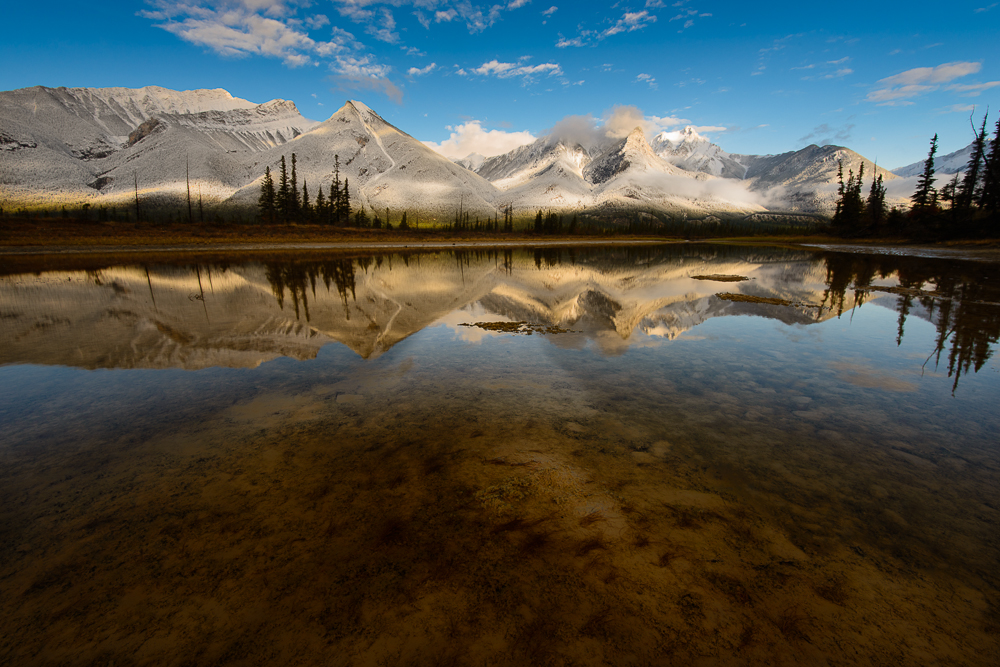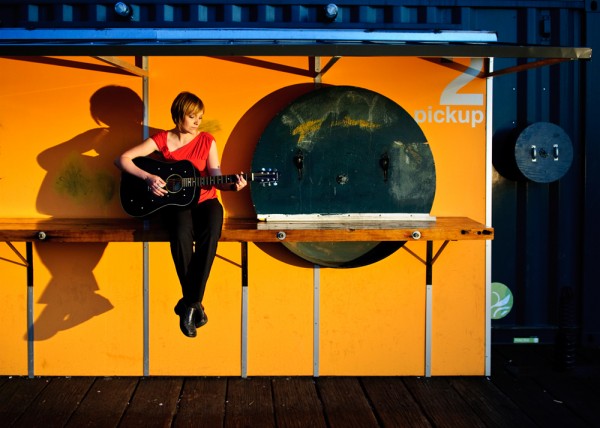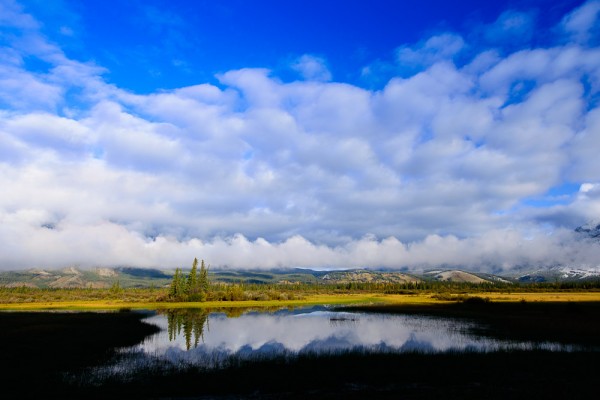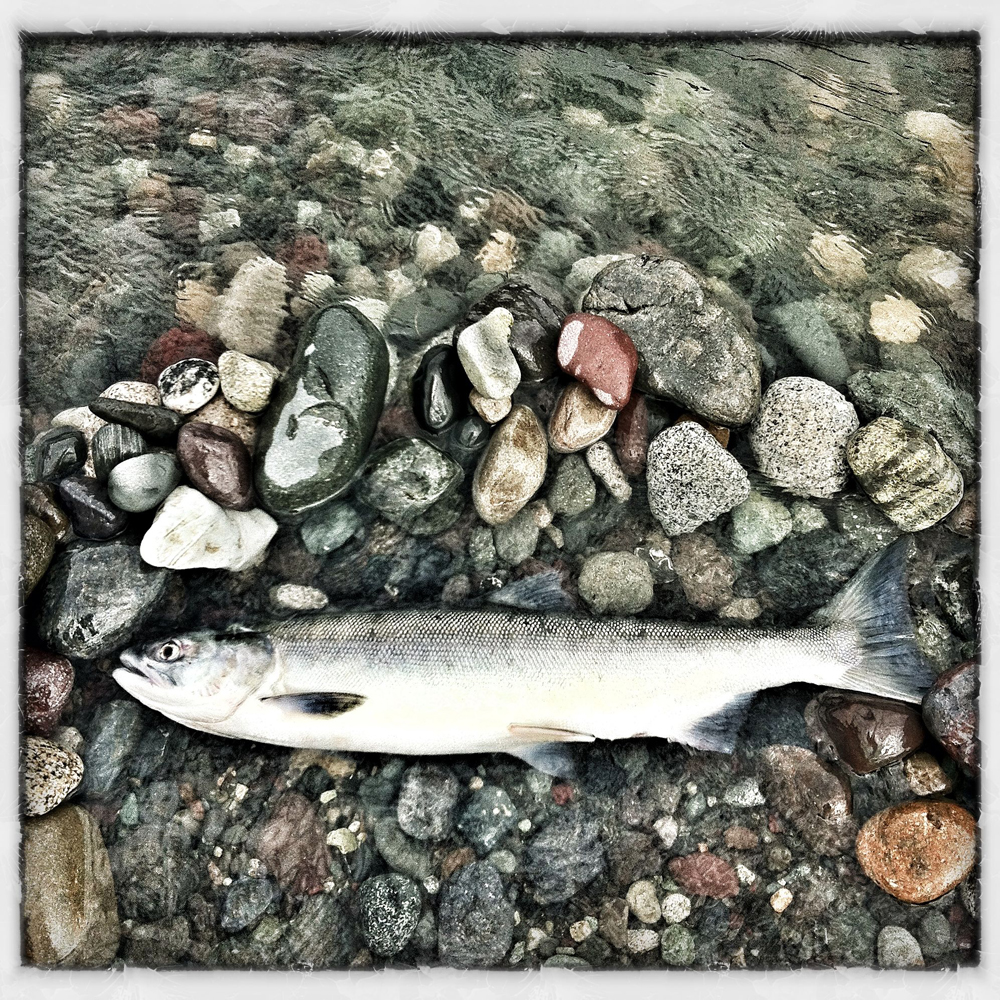1. The Hot Shoe Diaries, by Joe McNally
Joe McNally has been a National Geographic contributor since I was born. He’s also been a staff photographer for Life Magazine and has shot cover stories for TIME, Newsweek, The New York Times Sunday Magazine, and Sports Illustrated, among others. His work is easily identified because McNally is the master of creating light with hot shoe flashes. According to his blog, he often has more than 10 Nikon SB-900 flashes in his camera bag along with enough light modifiers — colored gels, soft boxes, Lastolite trigrip panels, umbrellas, and grids — to create quality light in any situation.




